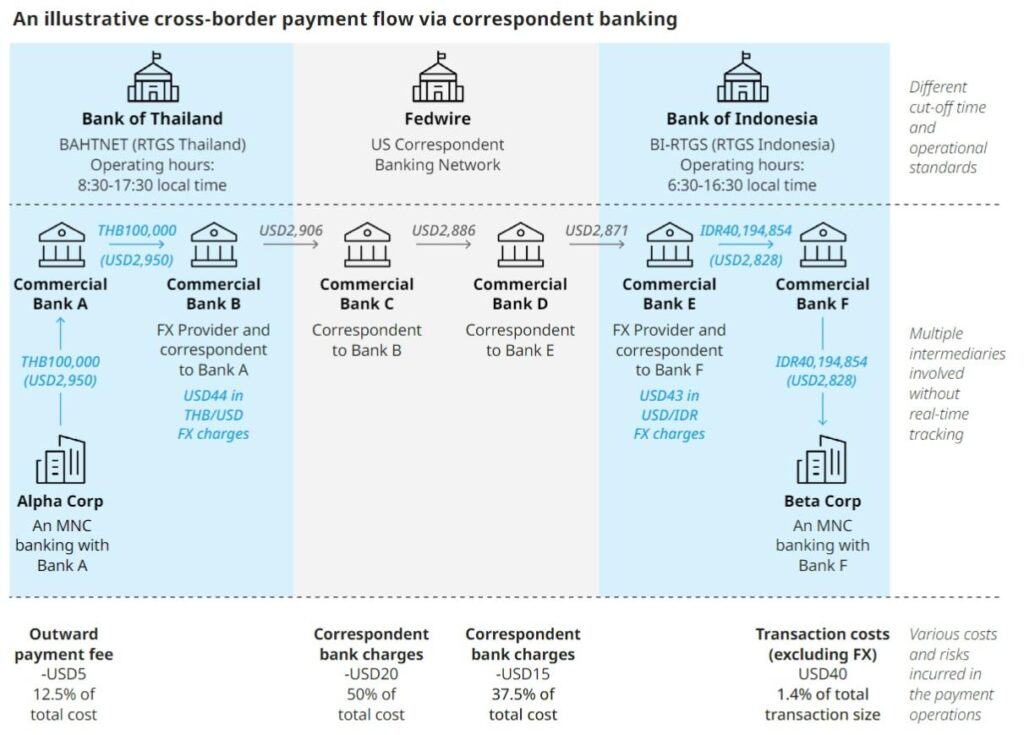China’s Strategic Framework for Cross-Border Digital Currencies: A shift in Global finance
In a pivotal advancement aimed at redefining the landscape of international finance, China has rolled out a comprehensive set of guidelines designed to steer the adoption of cross-border Central Bank Digital Currencies (CBDCs). This initiative, revealed during recent discussions on digital currency, reflects China’s commitment to reducing the risks associated with dollarization—a situation where nations become excessively dependent on the US dollar for their financial transactions. As countries worldwide increasingly investigate digital currencies, China’s proactive approach not only emphasizes enhanced financial autonomy but also demonstrates its desire to play a meaningful role in shaping the shifting global economic framework. This article explores the ramifications of China’s proposals and their potential effects on international monetary interactions.
China Introduces Principles for Cross-Border Digital Currency to Counter Dollar Dominance
In an assertive effort aimed at diminishing the sway of the U.S. dollar in global commerce, China has presented essential principles that will guide the development and implementation of cross-border CBDCs. This initiative is perceived as a strategic response to growing apprehensions regarding dollar supremacy, notably concerning international trade and finance transactions. The outlined principles stress enhancing interoperability among various digital currencies so they can effectively integrate with existing financial infrastructures across nations. Furthermore, China promotes collaborative efforts among countries to establish regulatory standards governing these digital assets.
The core tenets of this proposal focus on fostering financial stability, ensuring clarity, and enhancing security. By prioritizing these elements, China aims to cultivate trust among nations contemplating adopting cross-border CBDCs. Additionally, it encourages participating countries to exchange knowledge and technical expertise that would contribute positively towards creating an interconnected ecosystem.
| Principle | Description |
|---|---|
| Interoperability | Smooth interaction between diverse digital currency systems. |
| Regulatory Cooperation | A unified set of standards and regulations among involved nations. |
| Security Measures | The establishment of strong security protocols safeguarding transactions and data integrity. |
| Clarity Standards: | crisp guidelines governing tracking and auditing processes for cross-border exchanges. |
| Aim | Tactic |
|---|---|
| Diminish Dependence On USD | Pursue Yuan Utilization In Trade Agreements |
| Easing Trade Processes | Aim To Enhance Digital Payment Systems |
| Pursue Adoption Rates | Create Alliances With Emerging Economies |
| Principle | Description |
|---|---|
| Interoperable Frameworks : | Seamless Transactions Across Borders : |
| Regulatory Compliance Guidelines: | Transparency anti-Money Laundering Regulations: |
